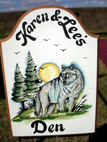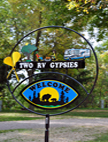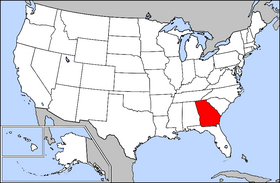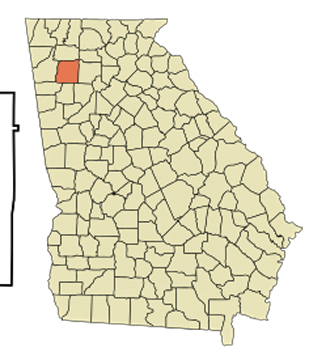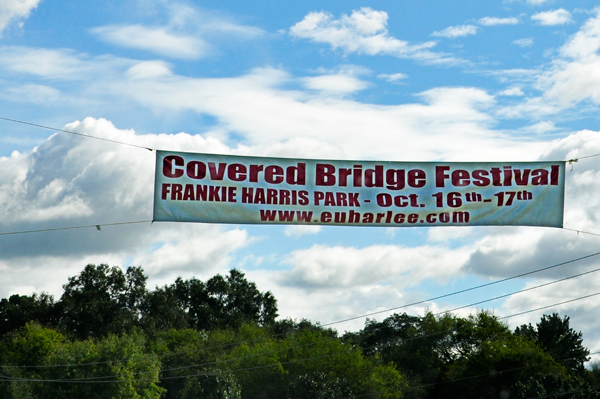 |
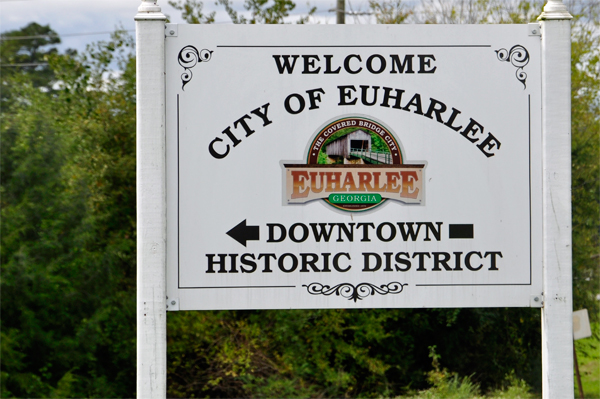 |
Built in 1886 by Washington King, the Euharlee Covered Bridge is the perfect spot for photographs. Its allure is enhanced by the picturesque 1850s village surrounding it. On the Georgia Covered Bridge Trail as well as the National Historical Register, the Euharlee Covered Bridge is one of the oldest remaining covered bridges in the state. It is also known as Lowry (Lowery) Bridge and Euharlee Creek Covered Bridge. |
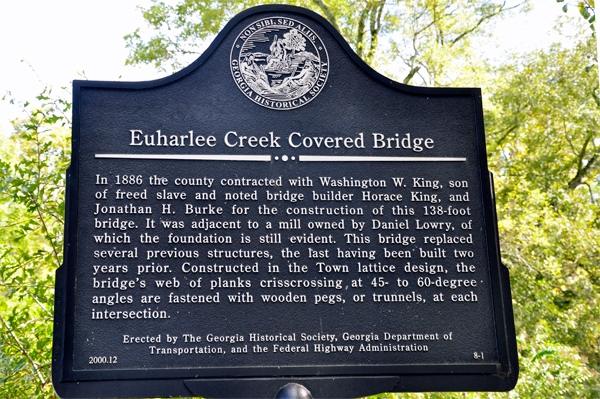 |
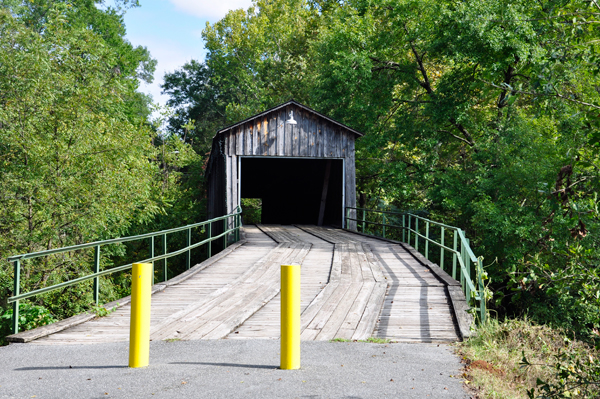 |
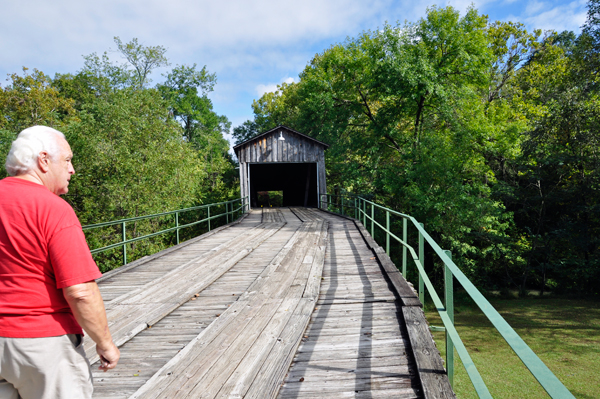 |
A product of master bridge builder Washington King, the heavy town lattice-style timber trusses were crafted off-site, numbered, and then assembled on-site with wooden pegs called trunnels. The pier's stones were quarried at the nearby Lowry Farm. The bridge does not have any windows. The photo below on the right is looking down through the floor of the bridge. |
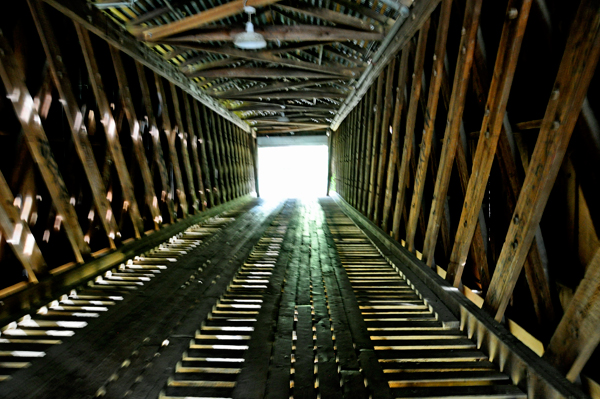 |
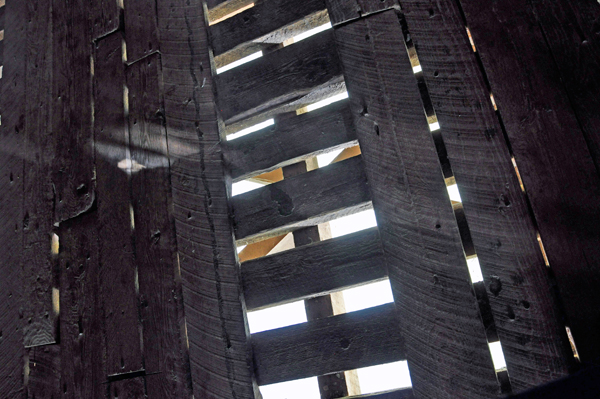 |
After walking through the Euharlee Covered Bridge, the two RV Gypsies took photos from this side of the bridge too. |
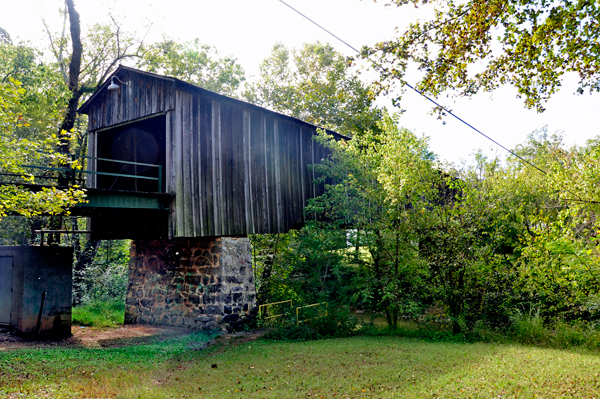 |
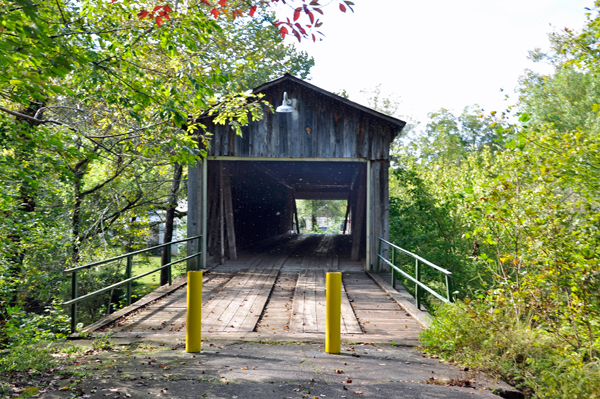 |
Then Karen walked beside the bridge, down a small bank, and down a few steep steps to photograph Euharlee Creek. |
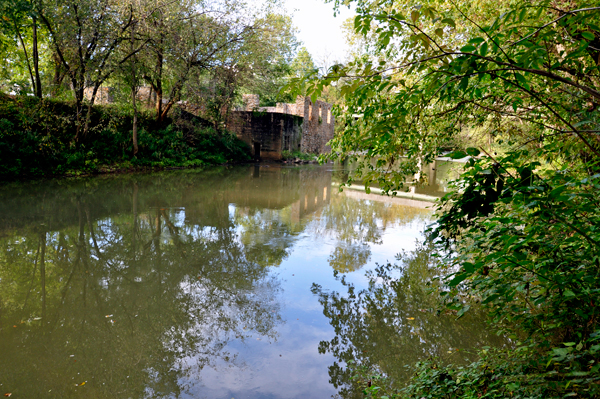 |
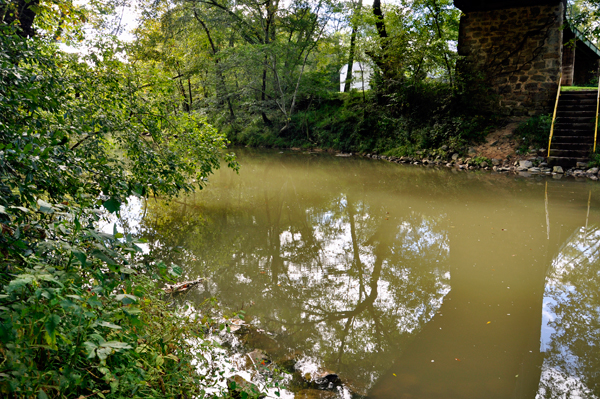 |
Below: Grist Mill Ruins: The first grist mill in Euharlee was built and operated by the Burge family in 1835, providing the community with its original name of Burge's Mill. The surrounding land and mill were later purchased by Dan Lowry. The foundation and remnants of the first floor are all that remains of the mill. |
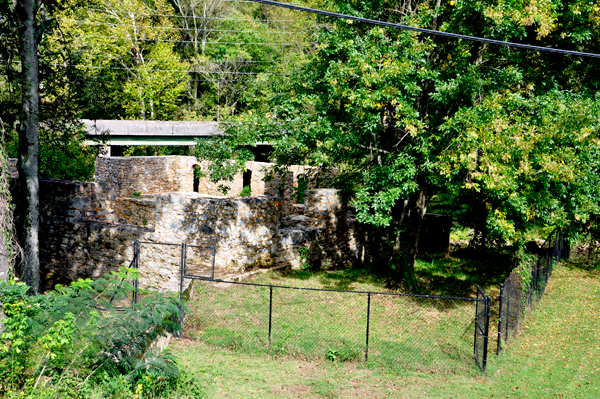 |
Below: Commissaries were important in the rural agricultural areas. Farming tenants needed a place to purchase financed goods. Landowners generally provided this service via a commissary where tenants purchased needed items and did not pay until after the sale of their crops, generally once a year. The 1860's Commissary is 20' x 60'. Several interesting interior features include: iron strap hinges ending with tulip finals, diagonal shutter bar locks with slotted pins, and boards that run vertically on the sides and horizontally on the front and rear walls. Purchased by the City in 1979, the renovated Commissary is currently used as a community center available for rent. |
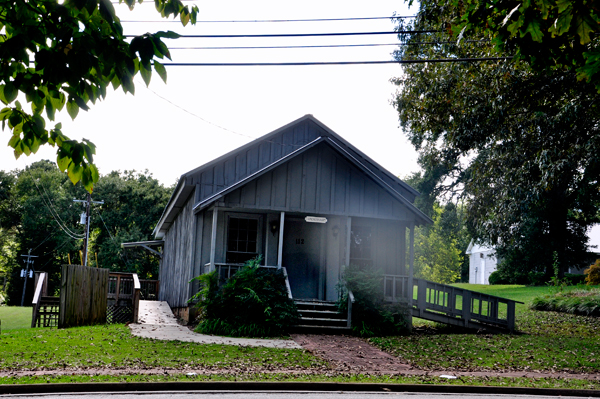 |
Below: The Traveler's Well: This public well, hand-dug by settlers, was used by generations of weary travelers crossing Euharlee Creek. |
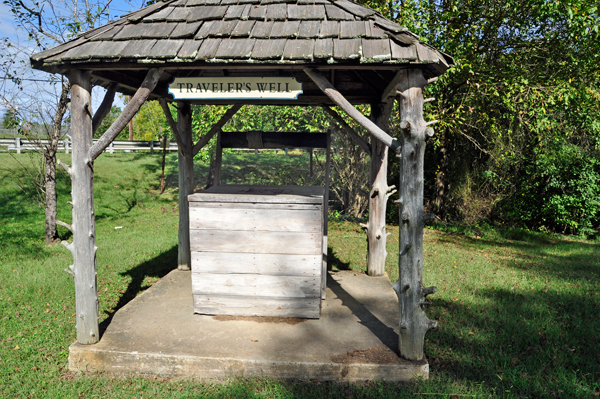 |
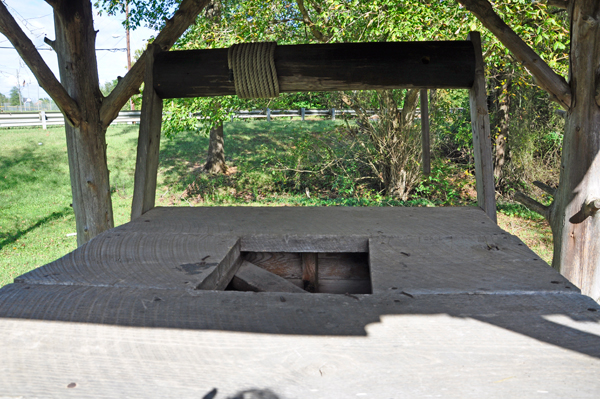 |
Below: The Caboose was built in the late 1800's and housed the occasional drunk or chicken thief. The building still contains the original iron cell bars. |
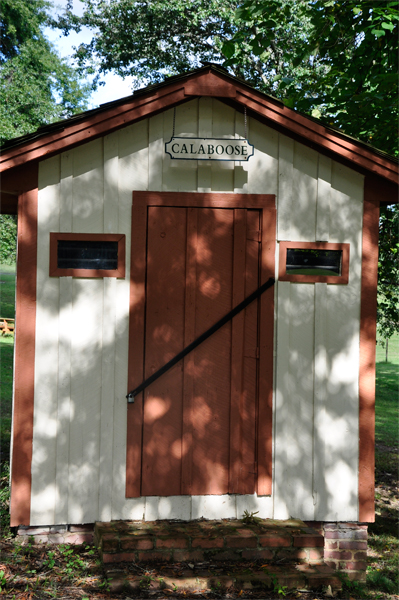 |
Below: Euharlee Baptist Church was originally called Mt. Paran in 1852. It became Euharlee Baptist Church in 1890. The door on the left was for men to enter the church and the door on the right was for women to enter the church. Headstones in the cemetery date back to the early 1800s. |
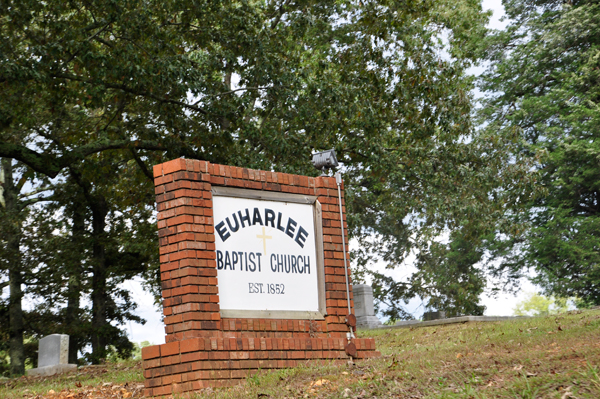 |
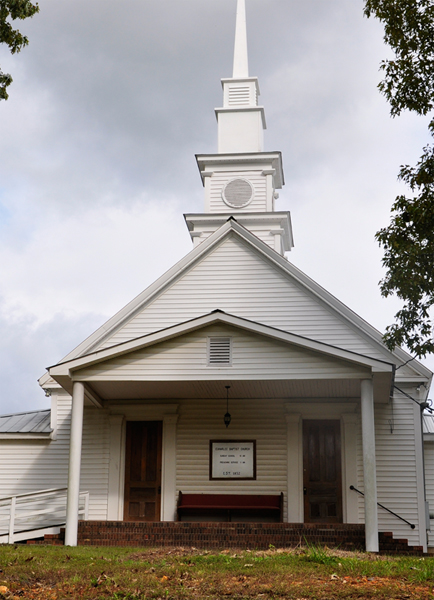 |
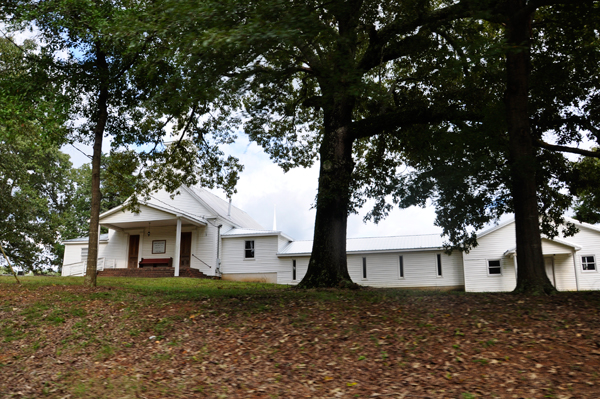 |
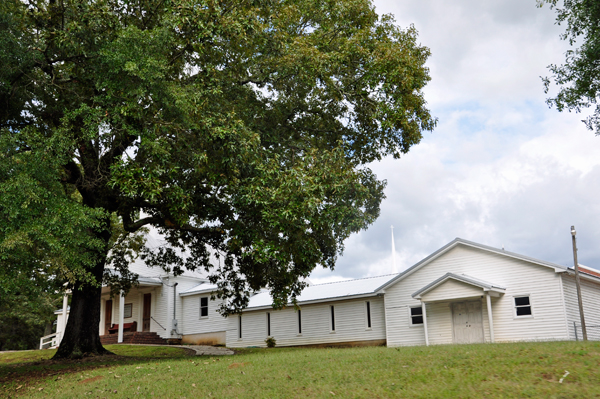 |
Below: The Little General Store is one of the few remaining smaller buildings original to the Lowry Farm. Originally, it was probably used as a smokehouse or storage building. Currently, it houses a memorabilia collection belonging to resident Clayton Harris. It was not open when the two RV Gypsies were here. |
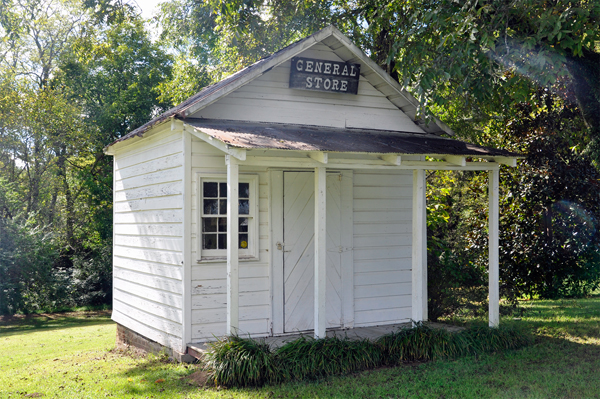 |
Below: The Granary: Originally an 1860's commissary, the building was later used for grain storage and renamed the Granary. The 20' x 40' front building includes 10" x 16" glass in the original window sash and steel butt hinges on the rear door.
The back section was Lowry Farm's buggy barn which was moved and attached via an enclosed ramp in the 1970s. Currently, John and Carolyn Montgomery operate the Granary as Nature's Window, a craft and consignment shop. They also host the annual Festival of Trees each November. |
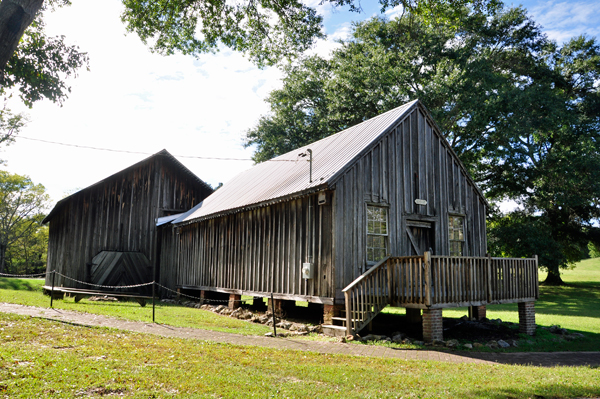 |
Below: Euharlee History Museum: Built prior to the Civil War, this house was known as the Miller's House, housing the grist mill's operator. Sold to Euharlee Baptist Church as a parsonage in 1978, it was purchased by the City in 2007 and moved next to the Covered Bridge for use as the Euharlee History Museum. All buildings were closed when the two RV Gypsies were here. |
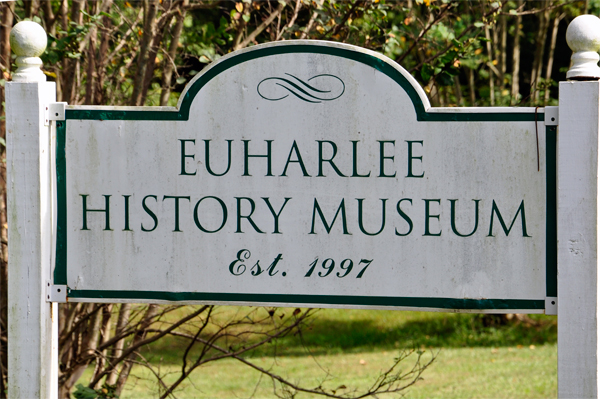 |
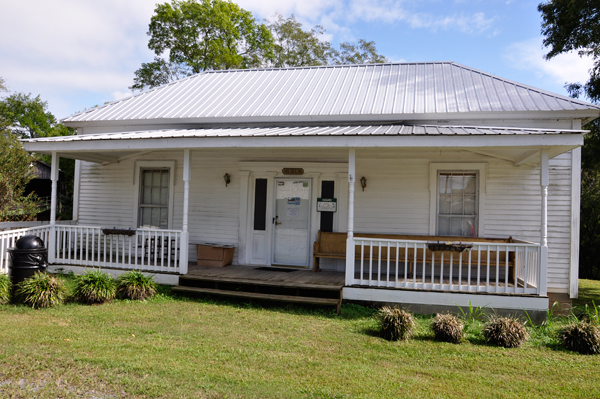 |
Below: The Iron Saltpeter Kettle was in a little wooden building, and Karen tried taking a picture through the glass window, but the picture did not come out very well, so she just posted the signs telling about the Iron Saltpeter Kettle. |
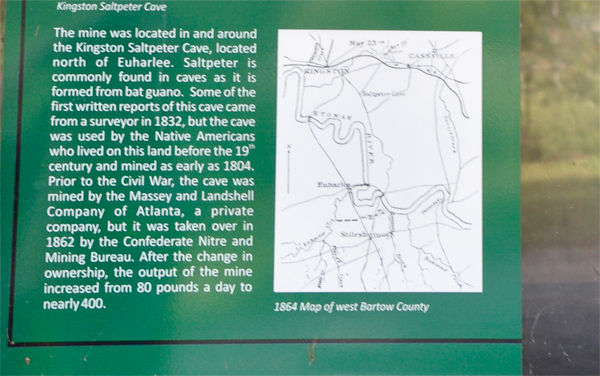 |
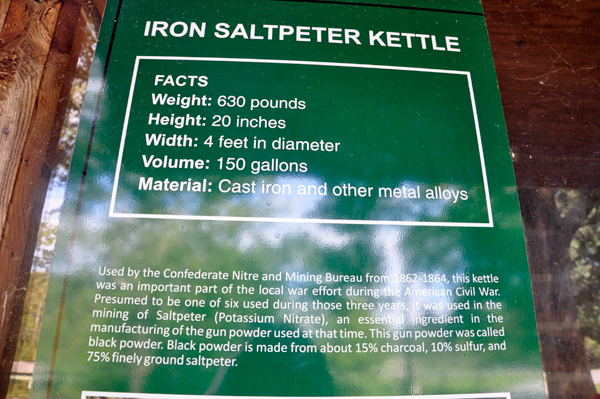 |
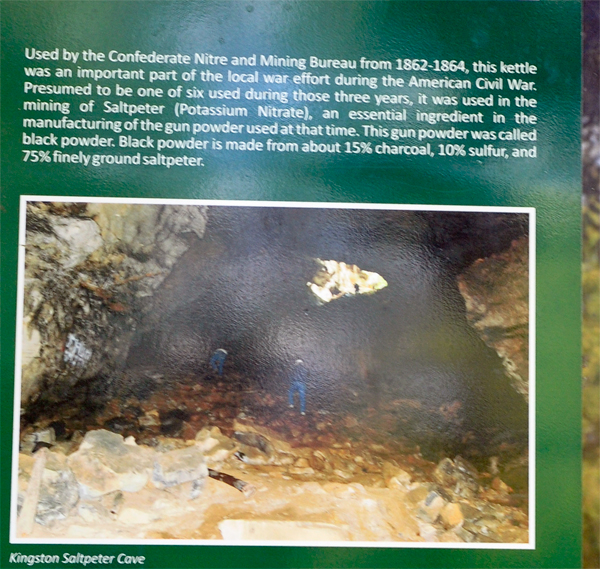 |
Below: Lowry Cow Shed: This 1850's structure was original to the Lowery Farm, and renovated in 1997, then housed the Euharlee Museum until 2007. |
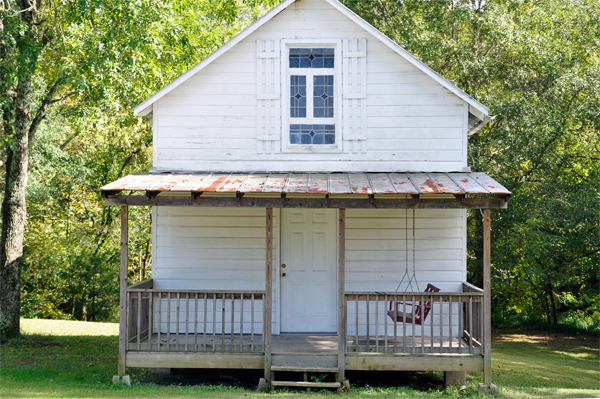 |
Below: Masonic Hall: Construction date unknown. This building was originally used by the Old Fellows and later chartered as #457 Masonic Hall. It is still in use. |
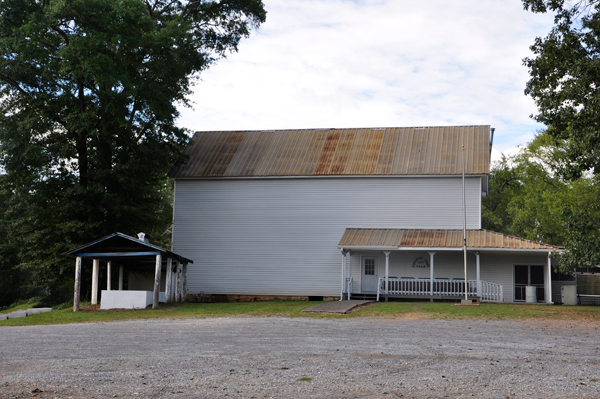 |
Below: Militia #851 District Courthouse: One of the few remaining in Georgia, this building was built near the turn of the 20th century and used by settlers to keep law and order. The first Justice of the Peace presided in 1837. Karen took a photograph of the inside through a closed window. |
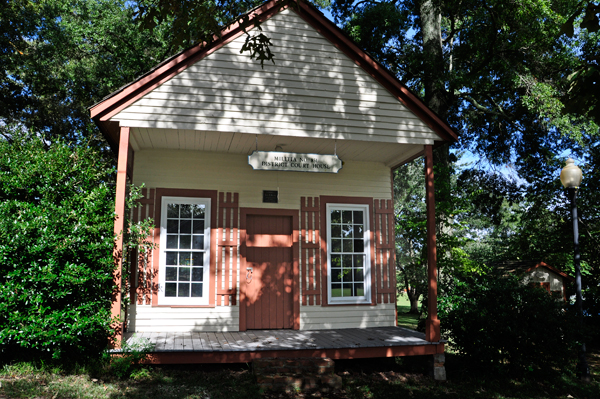 |
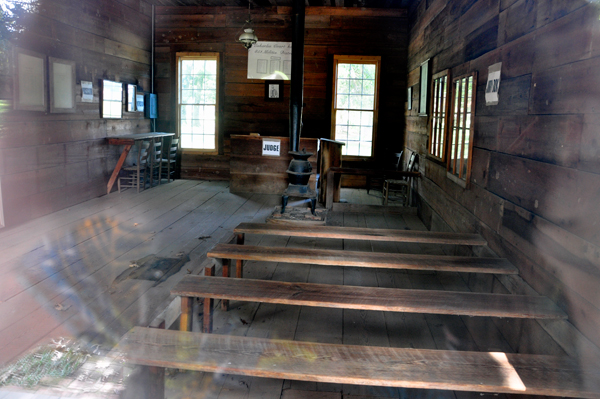 |
General Store: The only building open on this date. |
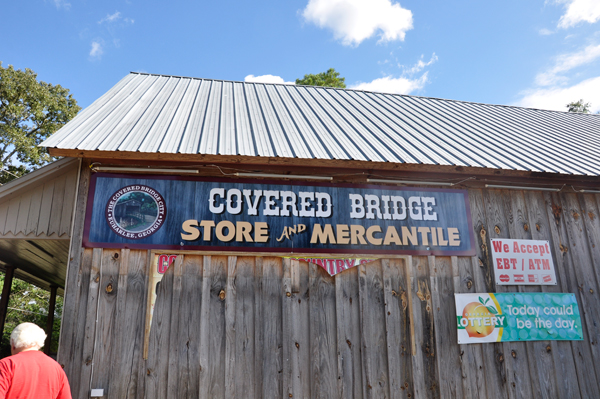 |
Below: Euharlee Presbyterian Church: Built in 1853, the Presbyterian Church was instrumental in bringing religion and education to Euharlee. On the grounds is a cemetery containing graves of both members and area residents. |
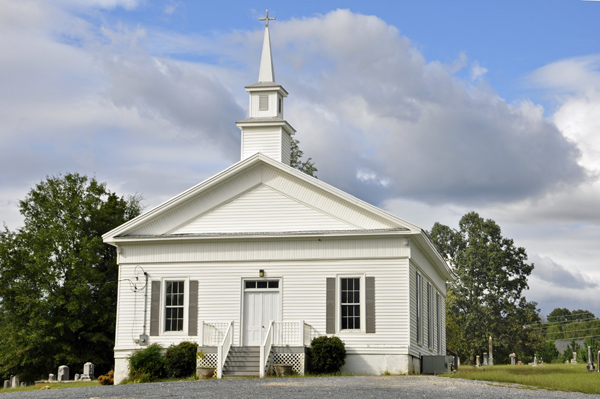 |


